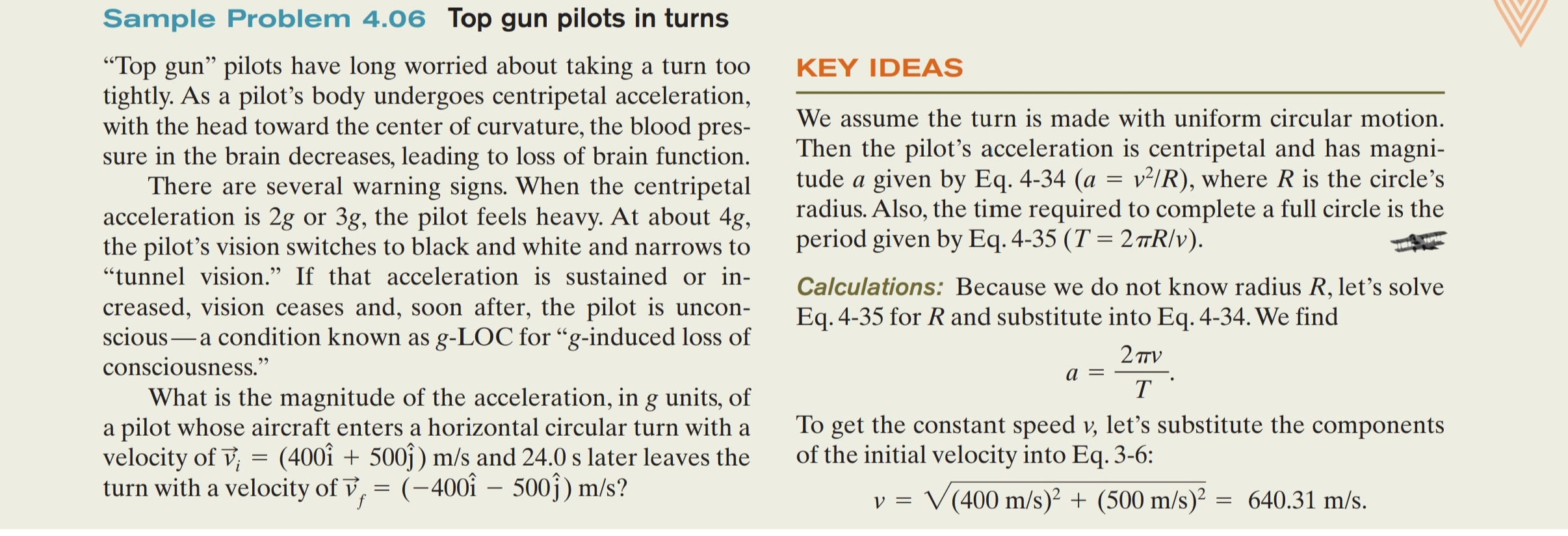This question asks to find the centripetal acceleration by giving the initial and final velocity over the change of time.
As shown, my book combined two rules to find the acceleration. I utterly understand how my book solved it and why it solved it that way. What I don't understand, however, is why the usage of the formula below doesn't lead to the same answer or even close.
$a= \frac{v_f - v_i}{ ∆ t}$
$v = 640.31 (calculated), t = 24 (given)$
$a= \frac{(640.31--640.31)m/s}{ 24 s} = 53.4 m/s^2$
Judging by the two different answers, my approach and way of thinking must be wrong. Which is surprising since this formula $a= \frac{v^2}{r}$ is derived from $a= \frac{∆v}{∆t}$.



